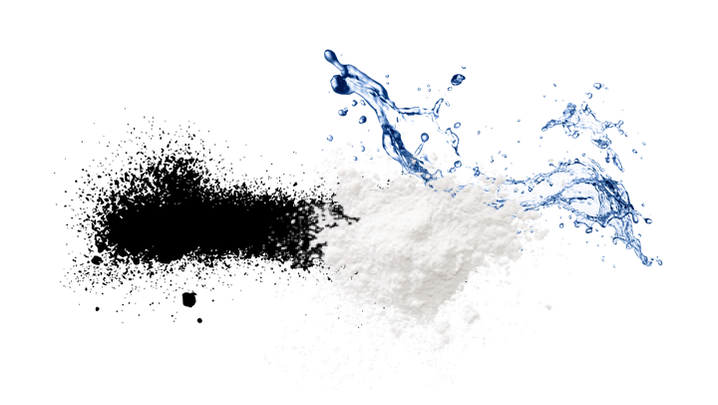
What are our ingredients for Coconut Shell Charcoal Briquettes? And what might other additives be?
Our Recipe for a 100% Natural and Food Grade Charcoal Briquette:
1. Fine Charcoal Powder
2. Cassava Starch
3. Water
Over the years, unfortunately, many additives and chemicals have been introduced to coconut briquette production. However, what winsome about coconut charcoal is the fact that it's the healthiest and most environmental charcoal solution; whether for shisha or for cooking.
As you will notice below, it is very important to smell an burning briquette before using to check for any chemical additives within the composition.
Chemicals that are used by many are:
Wood/Sawdust
Use: provides a faster ignition and a whiter ash color
Disadvantages: wood charcoal emits much more carbon than coconut charcoal, results with more tar, affects smell and taste, can cause fainting, can cause lower blood pressure, and requires tree cutting.
How to Detect: a briquette would smell differently and would cause tear drops because of the high carbon emission.
Limestone
Use: gives the briquette a whiter ash color (also known as whitener)
Disadvantages: may cause respiratory tract irritation and thus, coughing and sneezing. Higher exposures may cause a build up of fluid in the lungs with severe shortness of breath.
How to Detect: a briquettes ash color will be dense white (just like a painted white wall). It would also smell differently.
Borax
Use: lubricates press releases as the charcoal is molded into various shapes.
Disadvantages: may cause respiratory irritations diarrhea, vomiting, headaches, stomach aches, and can cause acute toxicity in the long term.
How to Detect: briquettes will have an acute glow in color and would smell a little oily.
Sodium Silicate/Water Glass
Use: used as binder to produce a more dense and solid briquette. It's usually used in cement constructions.
Disadvantages: Inhaling sodium silicate can cause severe irritation of mucous membranes and upper respiratory tract. Large concentrations of this compound can cause permanent lung damage. Symptoms that can occur include difficulty breathing, a burning sensation in the throat and chest, and headache.
How to Detect: It would be almost impossible to break a briquette into pieces and the briquette would not have any cracks on its surface.
Sodium Nitrate
Use: It makes the ignition time shorter so a briquette would light faster. Used mainly in fast-lighting briquettes.
Disadvantages: can cause headache, nausea, vomiting, diarrhea and abdominal pain. Exposure to very high levels can cause trouble breathing, collapse and even death.
How to Detect: a briquette would glow at the burning side in less than 1.5 minutes and it would have an intense smell similar to lighted matches.
Remember to check your products and stay safe.


